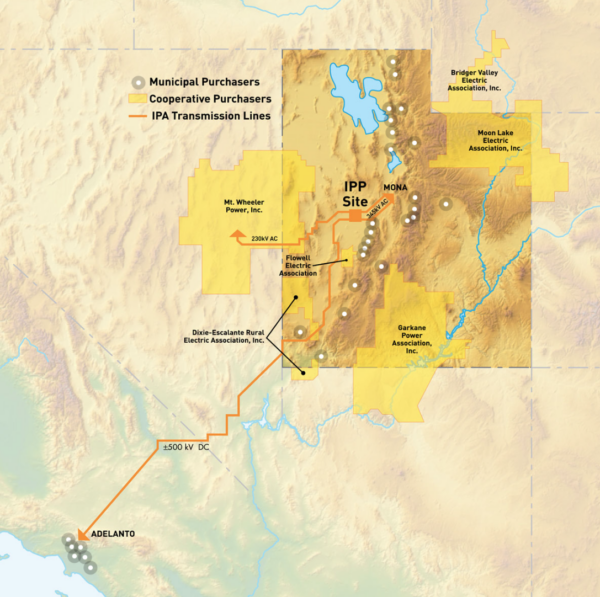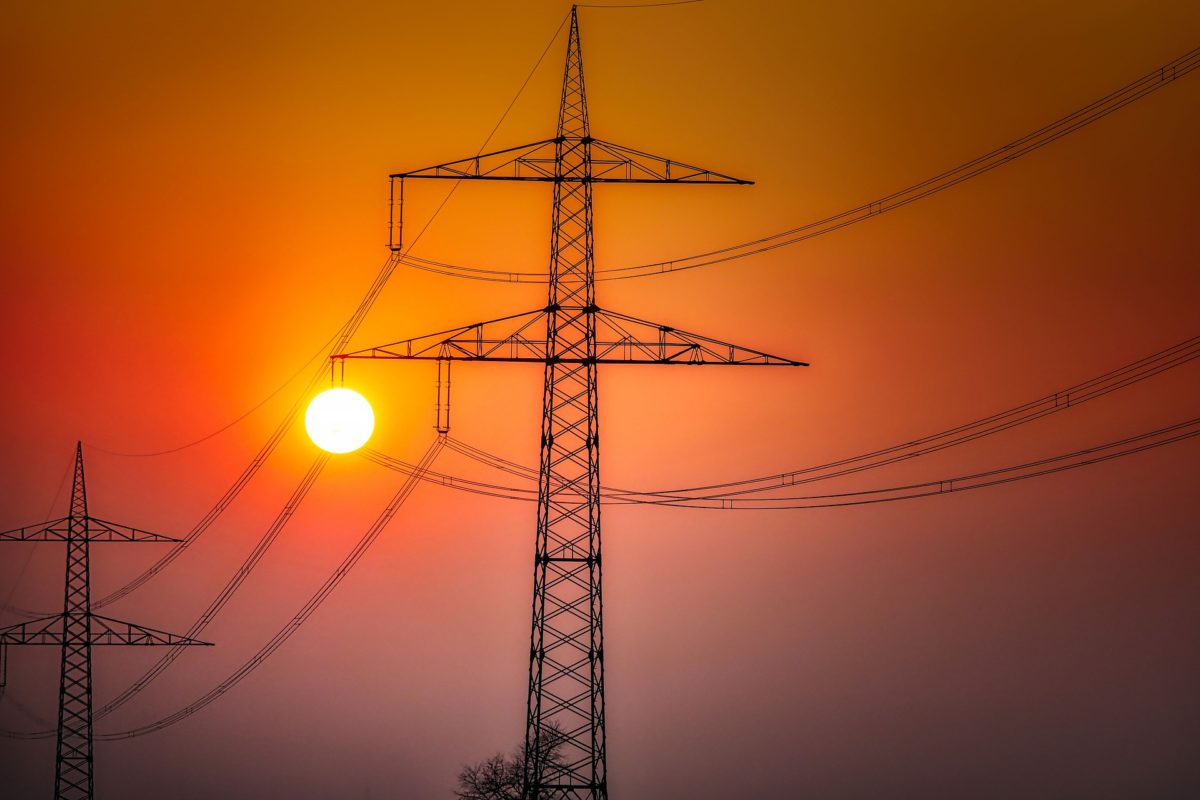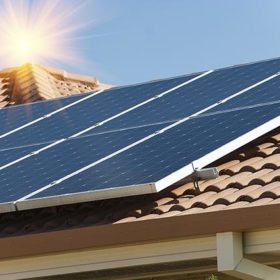The state of California’s bold initiative to procure 15.5 GW of solar resources for the California Public Utilities Commission through 2027 positions the state to rapidly improve distributed generation resources. It will also boost power transmission lines to allow for gigawatts of solar from across state lines to reach the Golden State’s metropolitan markets. And with the increasing wildfires, the state continues to innovate with new technologies to upgrade existing infrastructure.
This week, power and industrial systems distributor Hitachi Energy was selected by the Intermountain Power Agency in Utah to supply two high voltage direct current (HVDC) converter stations to modernize the Intermountain Power Project (IPP) power transmission link project between Utah and the Los Angeles metropolitan area of California, increasing system reliability and efficiency.
The IPP system transmits up to 2.4 GW of electricity over 488 miles from Delta, Utah to Adelanto, California. The transmission project is important for meeting demand for power in the southern California region and to shift toward more renewable energy resources entering the market from across the Southwest region.
Hitachi Energy will supply two converter stations to replace existing high-voltage converter stations first built in 1986 on a 4,614-acre power transmission and distribution facility site near Delta, Utah. Hitachi was an original equipment supplier early on to the IPP power infrastructure site in 1986 when connected to a coal-fired generating facility.
The order is part of “IPP Renewed,” a project that will retire an existing coal-fired generation plant in Utah and introduce new renewable generation units using a 840 MW green hydrogen electrolyzer to enter operations by 2026. IPP will use renewable energy to produce hydrogen as fuel in the plant, in one of the industry’s largest planned green hydrogen production systems.

Image: Intermountain Power Agency
The new generating units will be designed to use 30% hydrogen fuel at start-up, transitioning to 100% hydrogen fuel by 2045 at the 100 metric tons facility as the IPP site transitions from fossil fuel resources to hydrogen plus on-site renewable power over the coming decade. IPP will store hydrogen produced in underground salt caverns for use as fuel to drive electricity-generating turbines.
“We’re pleased to be working with Hitachi Energy once again to further strengthen the power grid,” said Cameron Cowan, general manager of Intermountain Power Agency. “The Intermountain Power Project represents nearly four decades of successful regional energy cooperation. Modernizing our Southern Transmission System will enable many more decades of delivering the energy resources that our participants want and need.”
Quanta Services, a power transmission engineering firm, partnered with Hitachi Energy to provide a turnkey project solution for the IPP modernization effort. Quanta will manage the HVDC construction and building installation at the Delta and Adelanto terminal sites.
Plans for IPP Renewed have been in development for over a decade by IPP participants. Going forward, these entities will continue to play key roles in the implementation of the project:
- Intermountain Power Agency–a political subdivision of the State of Utah with municipalities as members–is the project owner.
- Intermountain Power Service Corporation employs the people who work at IPP.
- Los Angeles Department of Water and Power—the largest purchaser of electricity from IPP—also serves as the Operating Agent and Project Manager.
The Intermountain Power Agency has kept to a project schedule with construction, supply and financing milestones along the way:
- October 2021: Site Preparation Begins
- March 2022: EPC Contract and Hydrogen Supply and Storage Awards
- May 2022: Initial Financing Completed
- April 2023: Converter station contract award
- July 2025: Hydrogen generation enters service
- April 2026: Transmission system upgrades enter service
According to the Utah Foundation, the IPP modernization effort has contributed to an annual financial contribution of $866 million to the state of Utah, providing 4,600 non-farm jobs and $222 million in wages to contracted workers. The IPA has paid approximately $700 million in direct tax payments to Utah and Utah communities.
The construction of the hydrogen, power transmission and infrastructure system upgrade is forecast to employ 800 workers with peak employment in mid-2023, while by operations in 2025 will help preserve operational jobs that would have been lost from the coal generator’s shutdown, according to the power project’s website.
In mid-2022, the IPP project procured $800 million of 3.57% weighted municipal bonds to finance the first phases of construction, according to the 2022 annual report for the IPA.
Aces Delta LLC, a JV of Mitsubishi Power Americas and Magnum Development, is the hydrogen supply and energy storage project partner for the IPP project, called the Advanced Clean Energy Storage (ACES) hub. Mitsubishi and Magnum in June 2022 closed a $504.4 million loan guarantee from U.S. Department of Energy’s (DOE) Loan Programs Office (LPO) to fund the ACES hub, which is set to become the world’s largest industrial green hydrogen facility once completed, the companies said.
Holland & Hart is counsel to the Intermountain Power Authority, while Orrick LLP is financial counsel to the authority, with additional financial advisors Stifel Nicolaus and Deloitte.
This content is protected by copyright and may not be reused. If you want to cooperate with us and would like to reuse some of our content, please contact: editors@pv-magazine.com.









By submitting this form you agree to pv magazine using your data for the purposes of publishing your comment.
Your personal data will only be disclosed or otherwise transmitted to third parties for the purposes of spam filtering or if this is necessary for technical maintenance of the website. Any other transfer to third parties will not take place unless this is justified on the basis of applicable data protection regulations or if pv magazine is legally obliged to do so.
You may revoke this consent at any time with effect for the future, in which case your personal data will be deleted immediately. Otherwise, your data will be deleted if pv magazine has processed your request or the purpose of data storage is fulfilled.
Further information on data privacy can be found in our Data Protection Policy.